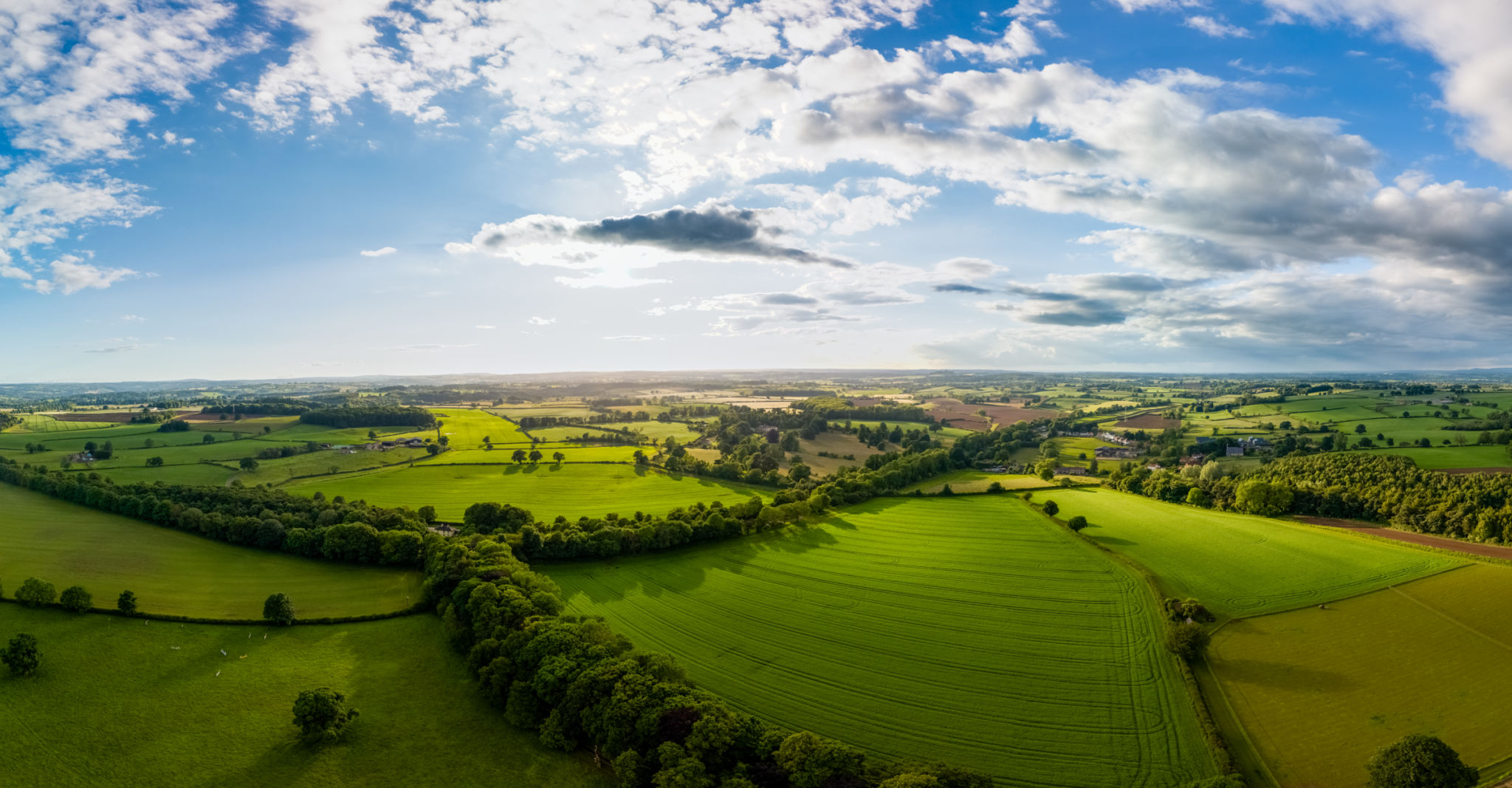Case Study: Successful Drone Filming for a UK Tourism Campaign
Introduction to the Campaign
In an era where digital content reigns supreme, capturing breathtaking visuals is crucial for any successful marketing campaign. The UK tourism board recently embarked on an ambitious project to showcase the nation's stunning landscapes using drone technology. This case study explores the strategies and outcomes of this innovative approach to tourism marketing.
The campaign aimed to highlight the diverse geographical marvels of the UK, from the rugged Scottish Highlands to the serene Cornish coastlines. By leveraging drone filming, the campaign sought to provide viewers with an immersive experience that traditional filming methods could not achieve.

Choosing Drone Filming: A Strategic Decision
Drone filming was chosen for this campaign due to its ability to capture sweeping aerial views and dynamic shots that engage viewers. The flexibility of drones allows filmmakers to navigate difficult terrains and capture angles that are otherwise impossible, ensuring a captivating visual narrative.
The decision to use drones was also influenced by budget considerations. Compared to hiring helicopters or using cranes, drones offer a cost-effective solution without compromising on quality. Furthermore, drones are less intrusive, allowing for filming in environmentally sensitive areas without causing disruption.
Executing the Drone Filming
The execution phase was meticulously planned. A team of experienced drone operators and filmmakers was assembled to ensure precision and creativity in capturing the UK’s landscapes. Key locations were scouted in advance, taking into account weather conditions and any regulatory requirements for drone usage in certain areas.

Each shoot was carefully timed to take advantage of optimal lighting conditions, such as the golden hour at sunrise or sunset. This careful planning ensured that each shot was not only visually stunning but also aligned with the overall narrative of the campaign.
Regulatory Compliance and Safety Measures
One of the critical aspects of this project was adhering to the UK's stringent drone regulations. The team secured all necessary permits and ensured compliance with guidelines set by the Civil Aviation Authority (CAA). Safety was a top priority, with comprehensive risk assessments conducted prior to each shoot.
This commitment to safety and legality not only protected the team but also preserved the integrity of the campaign, ensuring that all operations were conducted ethically and sustainably.

Impact and Results of the Campaign
The results were nothing short of spectacular. The drone footage was featured in a series of promotional videos that went viral across social media platforms. These videos captivated audiences worldwide, resulting in a significant increase in tourism inquiries and bookings.
Additionally, the campaign successfully changed perceptions about travel within the UK, highlighting lesser-known destinations alongside iconic landmarks. This not only boosted tourism in popular areas but also spread economic benefits to regions that typically received less attention.
Lessons Learned and Future Applications
This case study demonstrates the power of innovative technology in transforming marketing strategies. By embracing drone filming, the UK tourism board set a new standard for how destinations can be marketed effectively. Lessons learned from this campaign include the importance of strategic planning, regulatory compliance, and creative storytelling.
Looking ahead, the success of this project suggests that drone filming will continue to play a pivotal role in tourism marketing. As technology advances, it offers endless possibilities for creating even more engaging and immersive content.
